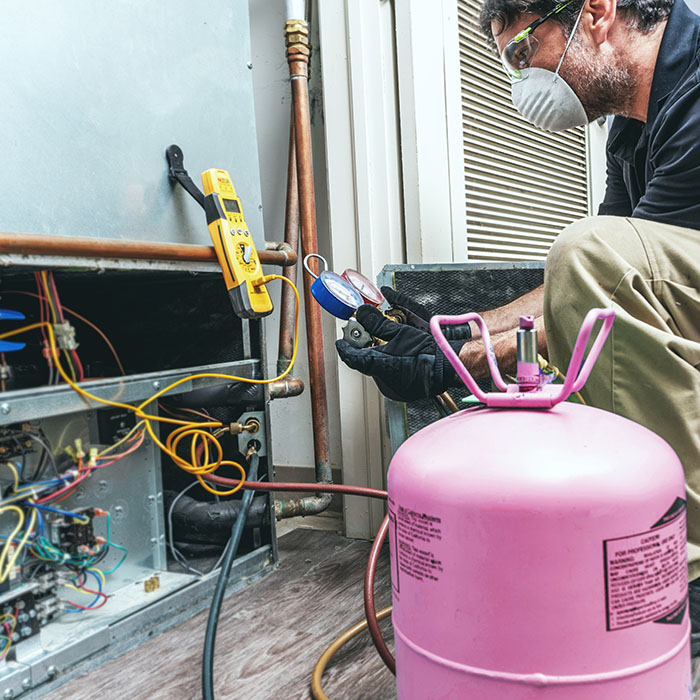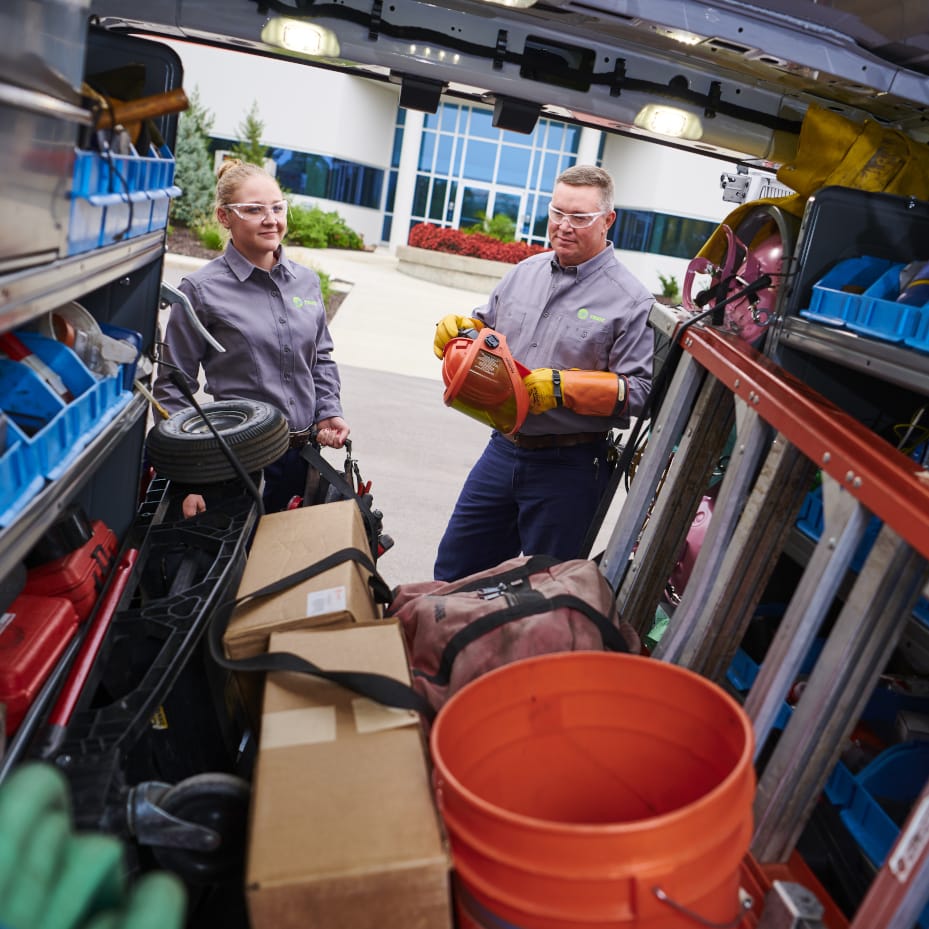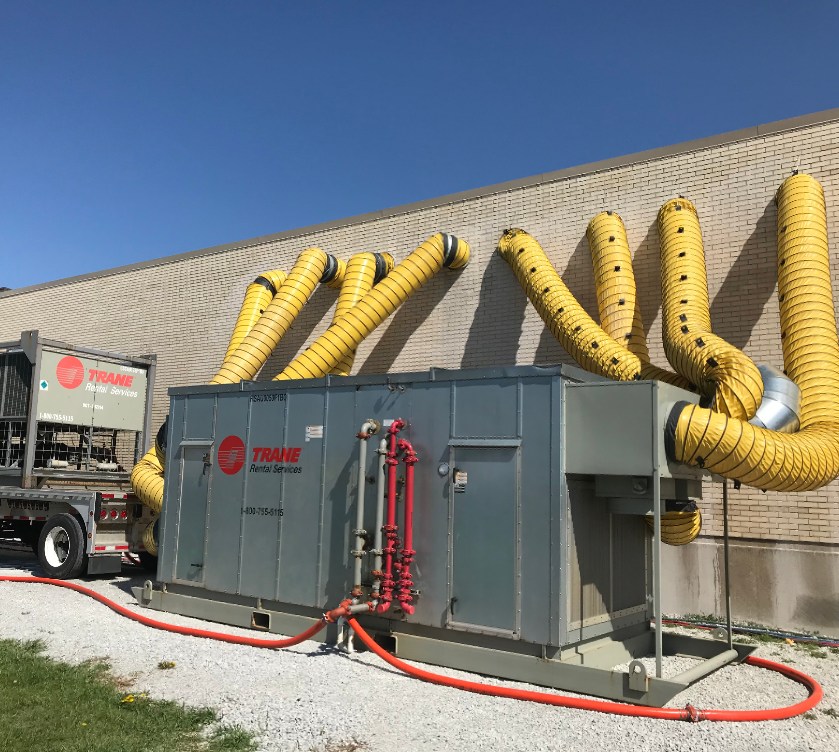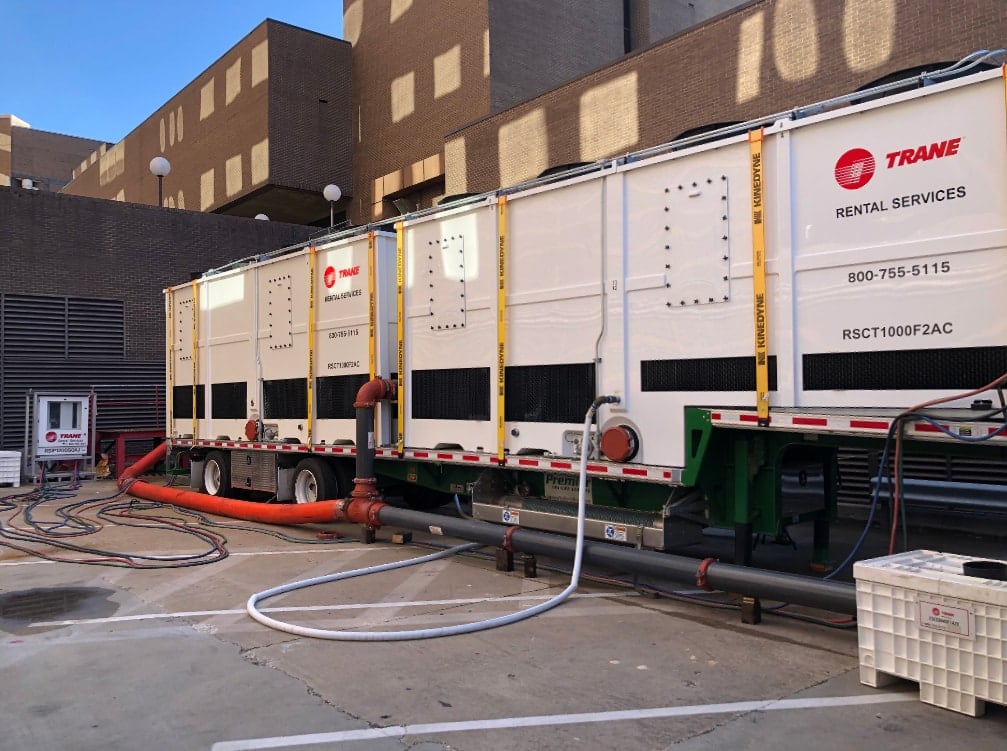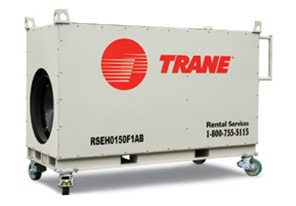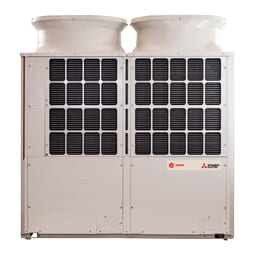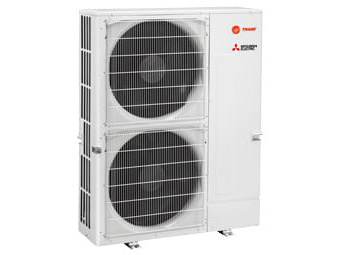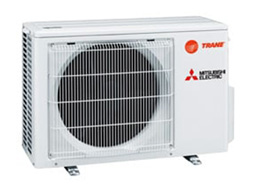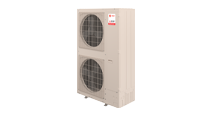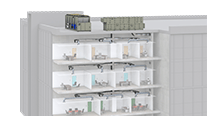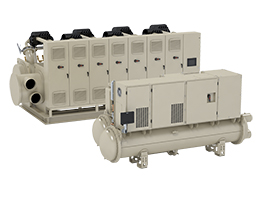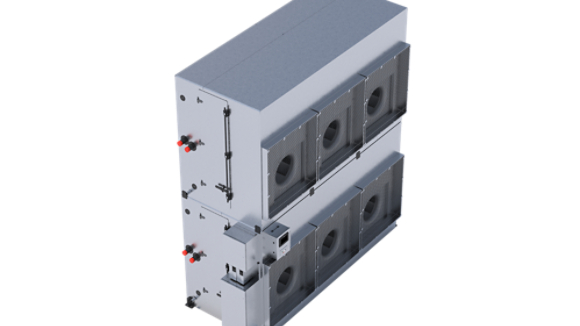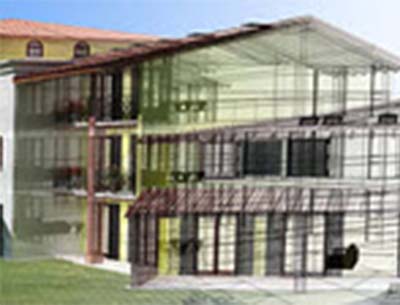In the Midwestern area of the United States, 35% of electricity was produced from coal and 20% was from natural gas. That means that 55% of all electricity consumed within a building was produced by creating carbon emissions.
Would it be possible to eliminate all carbon emissions or what is referred to as decarbonization from buildings? What would it take?
The first step in decarbonization in buildings is energy efficiency – reducing the amount of energy required by optimizing energy consuming systems. This involves turning systems and equipment off when not needed, and as well as using efficient heating and cooling systems to convert natural gas or electricity to heat and cooling as efficiently as possible. The second step is to utilize renewable energy sources for any heating or cooling that is needed.
Natural gas utilized in a building for heat would need to be converted to use electricity for heat so that the direct consumption of fossil fuel in a building could be avoided. Also, , utility power generation will need to continue its power transformation from fossil fuel sources to renewable energy sources including wind and solar.
But have you seen the load profile of when a solar array produces energy? A solar system is only capable of producing power during daylight hours. Conversely, the greatest amount of wind generation occurs at night, when wind speeds are higher. In both cases, these renewable power sources are only able to produce power when the sun is shining and the wind is blowing, therefore we need a way to store power until it is needed.
This is where batteries come in. A battery is simply a way to store potential energy until it is needed. We all know that electricity can be stored in batteries, such as the ones that allow electric vehicles to travel hundreds of miles, but what about battery storage in buildings? It is possible to utilize Lithium Ion or Lead Acid batteries to store electricity, but we can also use thermal storage batteries to building thermal loads. Thermal batteries are the lowest cost to store energy because they don’t require mining of heavy metals, and their components are completely recyclable.
This means that heating and cooling thermal loads in a building, which are the largest energy consumers in a building, are the most cost-effective to store in a battery. This thermal battery system utilizes large, insulated tanks of water that can be frozen into blocks of ice to store thermal energy. The ice can be produced at night and stored in the tanks. Then, water is pumped through the tanks to slowly melt the ice, allowing the cold water to provide air conditioning to a building. This system is efficient, cost-effective, and allows us to store the thermal energy until it is needed in the building.
The government has also created incentives for encouraging thermal batteries because of their role in decarbonization of building. The Inflation Reduction Act and other financial incentives are available when performing this energy efficiency and decarbonization upgrades. Schools and other entities can obtain grant funding to offset significant portions of their construction costs to implement these carbon reduction technologies. See an additional informative video at: Trane® Thermal Battery™ Cooling System - YouTube






